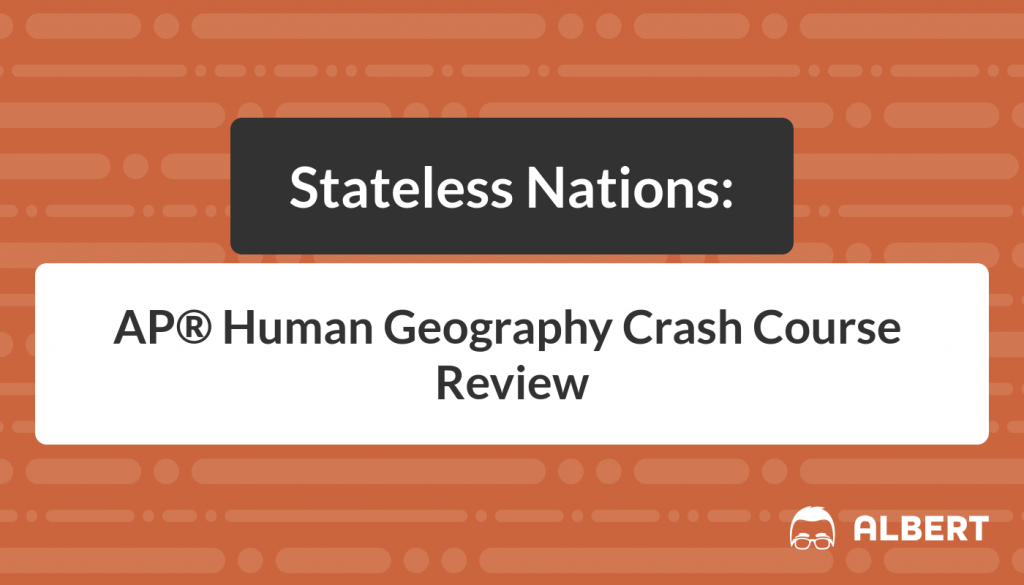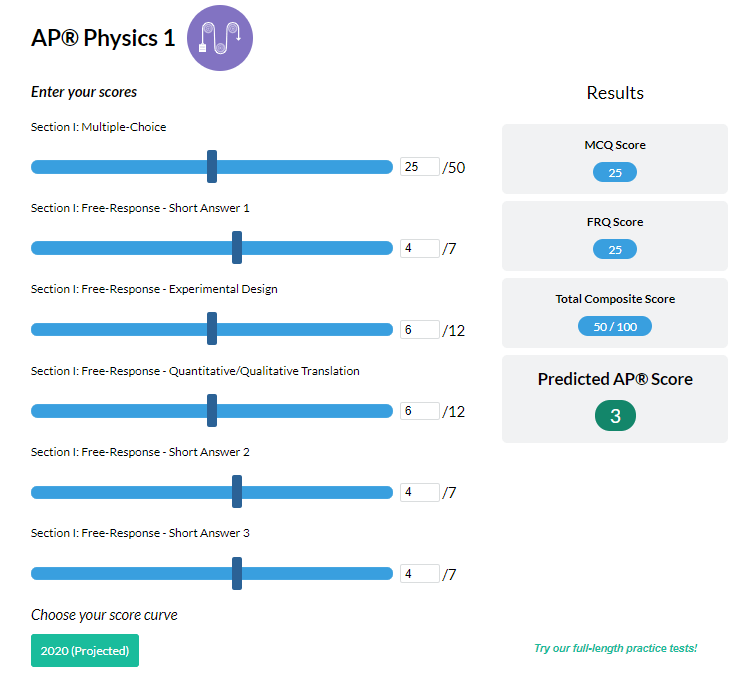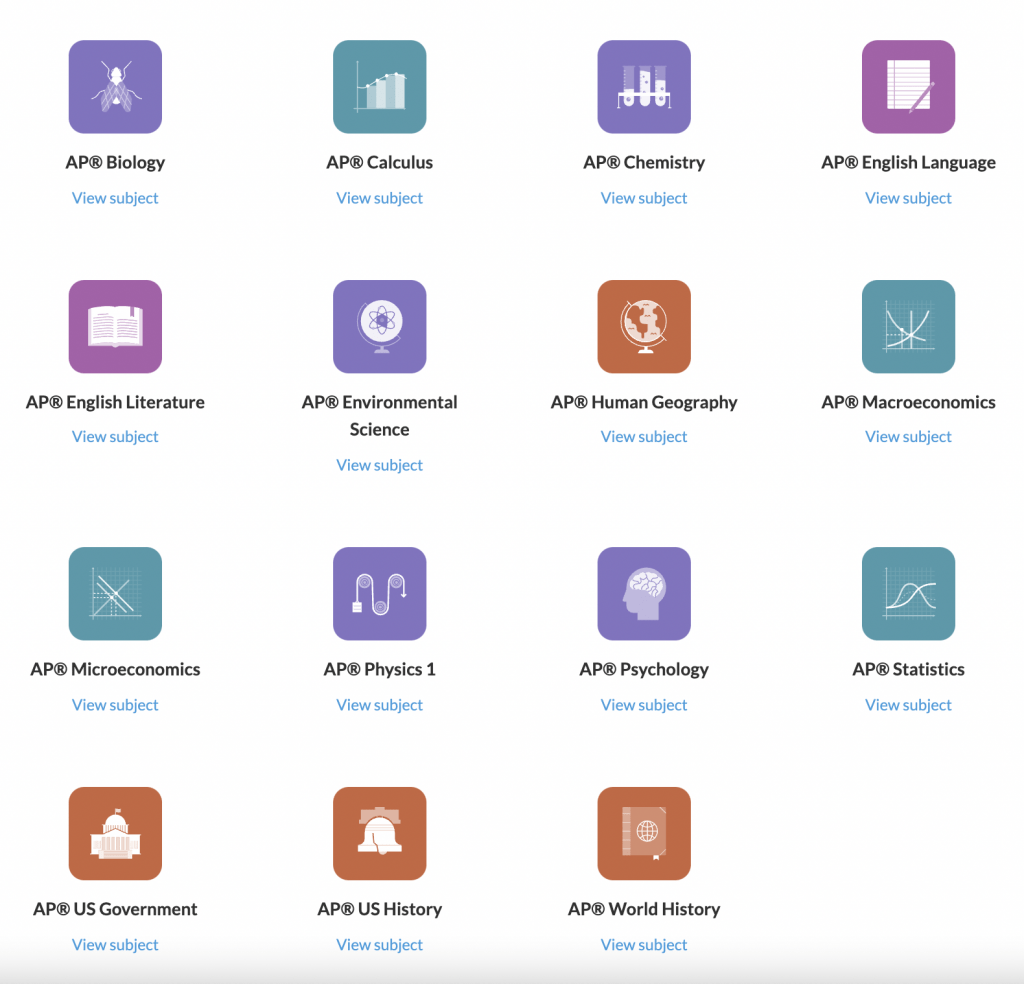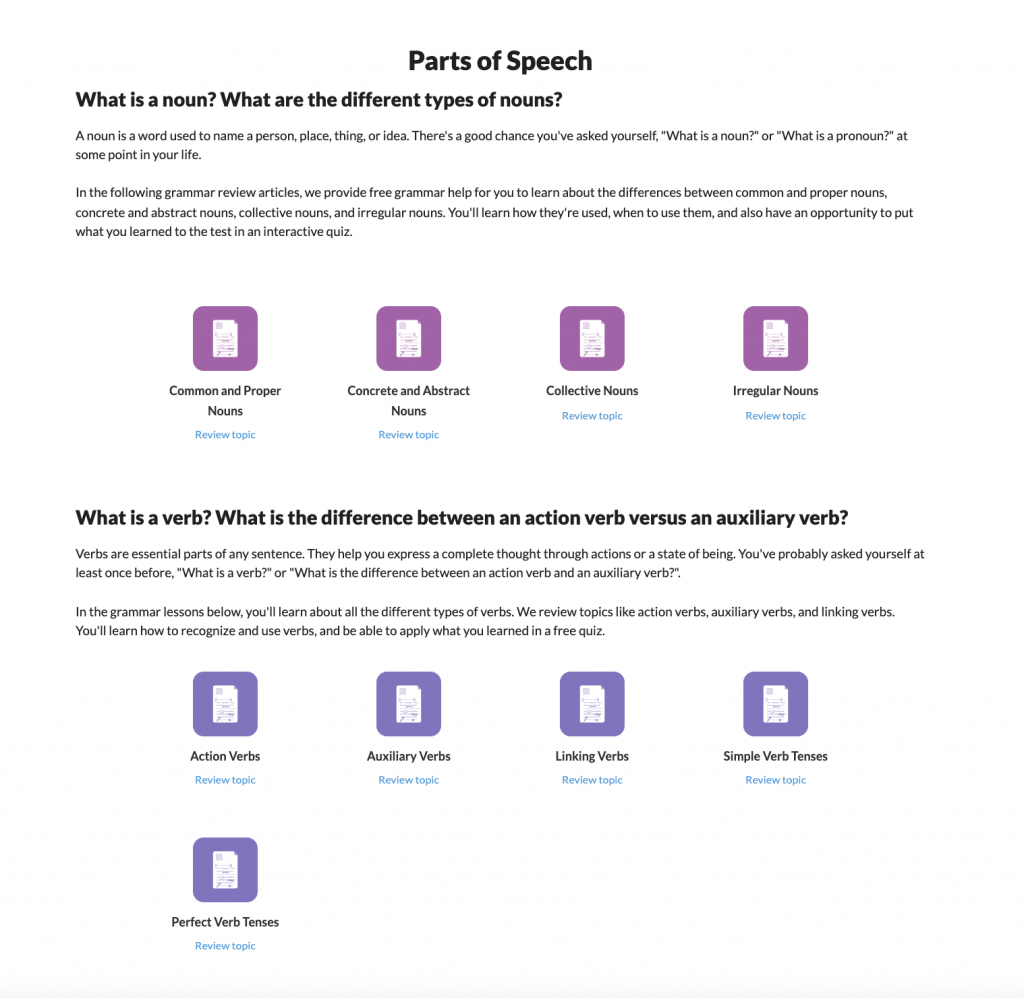An Introduction to Stateless Nations
A stateless nation is a special case of national political systems, but nonetheless crucial to understanding political geography. They are quite common throughout the world and consistently make major headlines. In this article, we will discuss what a stateless nation is, look at examples of stateless nations, explain why it’s important in having a comprehensive understanding of geography, and how to understand it in the context of the AP® Human Geography exam. We will finish by showing how this fits into the AP® Human Geography multiple choice and free response question (FRQ) by showing an example, followed by a summary of this entire page.
What is a Stateless Nation?
By this point, you should already be familiar with the term nation, and that it refers to a group of people with a common culture occupying a particular territory. You should also be familiar with a state as an independent political unit occupying a defined, permanently populated territory with full sovereign control over its internal and foreign affairs. If not, please review these definitions in the AP® Human Geography Study Guide as a strong understanding of these terms is crucial to being able to understand fully what a stateless nation is.
So, now that you know the definitions of a nation and a state, you can deduce that a stateless nation is a group of people with a common culture occupying a particular territory that does not operate as an independent political unit with a defined, permanently populated territory and has no sovereign control over its internal and foreign affairs. Essentially, it refers to a people without a state.
There are plenty of stateless nations in the world today. The Kurds are one of the largest stateless nations, with over 20 million people dispersed throughout six countries: Syria, Iraq, Turkey, Iran, Armenia, and Azerbaijan. Others include Palestinians, Basques, and Roma.
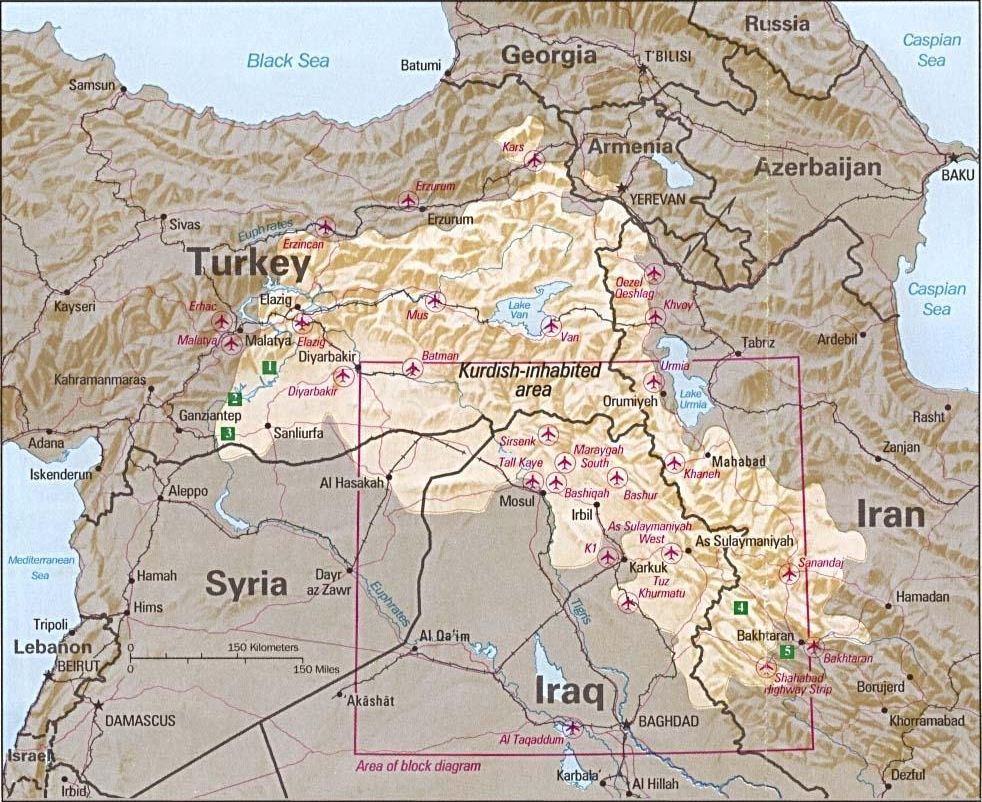
Why are Stateless Nations Important to Understand?
Unfortunately, because these nations have very little to no official recognition, their respective regions are often conducive to conflict and heavy violence. They resent the fact that they are not recognized and given political control over the land that they believe rightfully belongs to them. They believe because they have a distinct culture, language, religion (or sect thereof) and have occupied a certain region of land for centuries, they are entitled to that particular piece of land. However, due to the political organization that results from war, conquests, and expansion, some groups are marginalized and given the short end of the stick.
Therefore, it is crucial to understand stateless nations and how they came about because a significant amount of conflict today in the world comes from stateless nations. For example, going off of the previous example of the Kurds, the geographic area of eastern Turkey, northern Iraq, and western Iran is the land that the Kurds believe belong to them, and is known as Kurdistan. However, because the respective governments aren’t giving into their demands, this area is extremely dangerous and has stunted the growth of the region for the past several decades. Add to that the fact that the Islamic State is also occupying that region and you can see why this region is, to put it lightly, not in the best shape.
Kurdistan is not the only example of violence due to stateless nations. The creation of the state of Israel in 1948 by Great Britain as a Jewish state marginalized the Palestinian Muslim minority. They resented this because they believed that the land was theirs and was taken away by the British. This is also a region of heavy conflict. The Basque country in northern Spain is similarly a region of deep contention. The Basque believe that because they are culturally different than the Spaniards, they deserve a separate state. This has led to plenty of attacks and violence throughout Spanish cities.
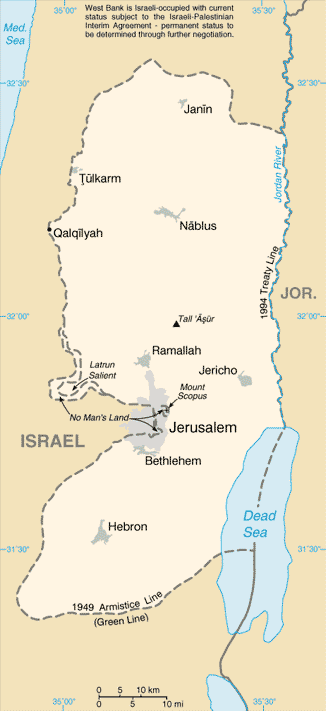
As you can see, despite the fact that the concept of stateless nations is relatively not as important as compared to other concepts in geographic studies, it is a major key to understanding why the world is the way it is right now. Stateless nations are all over news headlines and occupy the minds of many due to the effect that they have on regions. Therefore, understanding stateless nations allows you to gain a better perspective on why certain areas in the world are violence-ridden.
Stateless Nations and the AP® Human Geography Exam
Regarding the AP® Human Geography Exam, the concept of a stateless nation falls under the political organization of space. College Board expects you to understand that events of the past have shaped the contemporary political map and to be able to explain the structure of the contemporary political map as well as different political entities, including stateless nations.
Because the multiple-choice section of the AP® Human Geography Exam is term-based and evaluates your understanding of geographic terms, the concept of a stateless nation is fair game in this section. Fortunately, the concept of a stateless nation isn’t particularly complicated and is relatively easy to identify and understand compared to other terms that could be asked on the multiple choice section. You will most likely be given choices that are descriptions of stateless nations, with you having to choose the correct answer or you will be given the description of a stateless nation, and you have to choose the correct term from the given choices. Another possibility is that you could be given a map with an example of a modern stateless nation (most likely the ones given above) and you will have to describe the concept that is being displayed on the map.
Regarding the free response question (FRQ), you will most likely not be directly asked a question involving stateless nations explicitly. It is too narrow and specific of a concept with not enough to discuss to comprise a question or a part of a question. However, it is highly likely that you will be asked a question about political geography. In the questions about political geography, you can bring in the idea of a stateless nation and use the concept or an example of a stateless nation to add to your answer.
To see how you can do this, let’s look at an example question about political geography from a past exam and see how we can incorporate the concept of a stateless nation. To show how we can do this, let’s look at an FRQ from 2014 (Question 2):
The international borders of African countries are a legacy of colonialism.
A. Describe the concept of a superimposed boundary.
B. Describe three political or cultural consequences of superimposed boundaries in Africa.
C. Identify and explain one challenge landlocked African countries face in developing viable economies.
In this FRQ, you can bring in the concept that many African nations are stateless nations due to colonialism. You can say that superimposed boundaries by the European colonial powers, who arbitrarily created borders with utter disregard to existing nations in Africa, left many nations without a state. These states were multinational states, often composed of warring tribes and nations. As a result, these multinational states have a plethora of internal strife, and many of the nations in modern African states have almost no control over their internal affairs. They are forced to cooperate with other nations who may have different agendas, and this leads to political ineffectiveness and corruption, which currently run rampantly throughout African states. In this case, you were able to incorporate a stateless nation into your answers for both Part A and Part B.
Wrapping up Stateless Nations
To summarize this article, a stateless nation is a group of people with no external recognition. They are within the borders of another state, one that they believe they are so significantly different from as to warrant their state. As a result, they feel resentment and act out in violence, and some of the biggest conflict hotbeds in the world are because of stateless nations. Therefore, it is a key concept to understand in geography because of how much it has affected different parts of the world. Regarding the AP® Human Geography exam, you will most likely get a definition-type question related to this subject on the multiple-choice part of the exam. For the FRQs, you are not likely to be explicitly asked about one. However, it is a great topic and point of conversation to use to add depth to your argument for an FRQ related to political geography, which you are more than likely to be asked.
Looking for AP® Human Geography practice?
Check out our other articles on AP Human Geography.
You can also find thousands of practice questions on Albert.io. Albert.io lets you customize your learning experience to target practice where you need the most help. We’ll give you challenging practice questions to help you achieve mastery in AP® Human Geography.
Start practicing here.
Are you a teacher or administrator interested in boosting AP® Human Geography student outcomes?
Learn more about our school licenses here.

